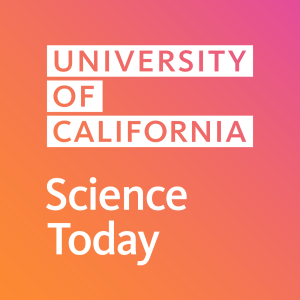
A project aims to bring emerging technologies to benefit children's health
 2017-04-03
2017-04-03
Download
Right click and do "save link as"
Technology, biology and medicine now go hand and hand. But state-of-the-art devices are not always available to the most vulnerable hospital patients, often because of insufficient funding. Pediatric surgeon Hanmin Lee of the University of California, San Francisco helps kick-start innovative projects to bring to clinics.
“We organize the engineering children’s heath symposiums to try to bring all the emerging technologies to the benefit of children’s health. ”
UCSF is now developing different types of monitoring sensors, artificial organs and even orthopedic magnets that can correct skeletal deformities – all in the hopes of advancing children’s health.
“Little robots, all sorts of enabling technologies that we will be able to implement into children with a variety of disabilities for their benefit. And that’s including using, for instance, augmented reality and virtual reality.”
The Miracle Babies / Advances in fetal surgery at UCSF's Fetal Treatment Center save twins in a dire situation
Katherine Seligman Published 4:00 am, Sunday, December 11, 2005
LIFE SCIENCE_060_fl.jpg Doctors Robert Ball and Hanmin Lee were Anna Endter high risk obstetrician that work in the Fetal Treatment Center at UCSF. Story is about miracle babies William and James Endter, born in October after living through fetal surgery to correct potentially deadly circulatory problem. Doctors Ball and Hanmin at UCSF used new technology that allowed them to zap veins by threading a tube the size of a piece of spaghetti into the uterus. They had a touch and go gestation, but are now healthy guys living with their relieved parents in SF. Parents are Anna and Brian Endter. 11/5/05 San Francisco CA Frederic Larson San Francisco Chronicle Photo: Frederic Larson
Photo: Frederic Larson
view more
More Episodes
Are we close to curing glaucoma?
 2018-01-24
2018-01-24
 2018-01-24
2018-01-24
How exposure to PBDEs affect a child's IQ
 2018-01-10
2018-01-10
 2018-01-10
2018-01-10
Mapping the great unknown of our brain
 2018-01-10
2018-01-10
 2018-01-10
2018-01-10
Could the progression of glaucoma be halted?
 2018-01-09
2018-01-09
 2018-01-09
2018-01-09
The ambition Brain Atlas Project
 2018-01-02
2018-01-02
 2018-01-02
2018-01-02
012345678910111213141516171819
Create your
podcast in
minutes
- Full-featured podcast site
- Unlimited storage and bandwidth
- Comprehensive podcast stats
- Distribute to Apple Podcasts, Spotify, and more
- Make money with your podcast
It is Free
- Privacy Policy
- Cookie Policy
- Terms of Use
- Consent Preferences
- Copyright © 2015-2024 Podbean.com





